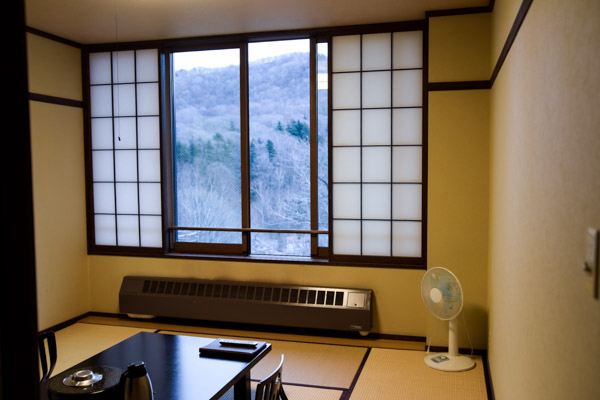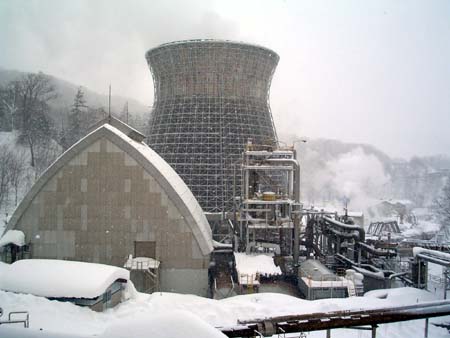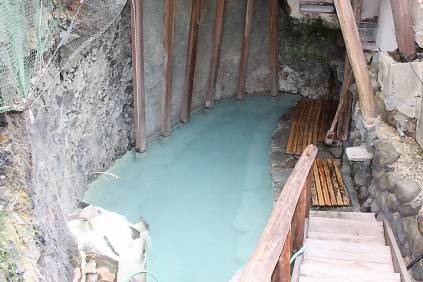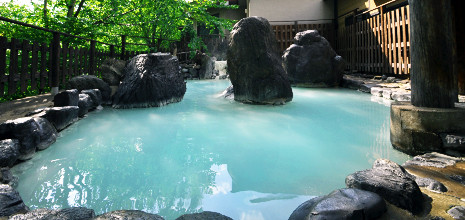It all Began In The Eleventh Century
The thermal waters of Matsukawa Onsen in western central Iwate Prefecture were for centuries sweet reward for traveling warriors and others who found themselves far from home in this remote mountain location. The earliest written record dates back to the first decades of the eleventh century, when a retainer of the Abe family charged with defending the northern territories is reported to have discovered them. Flash forward to the fifteenth and sixteenth centuries, and local Matsukawa lore holds that these hot springs served as a place for soldiers to ease their weary bones during the wars waged among their daimyo leaders.
The sequestered location of Matsukawa Onsen in forested hills at an elevation of about 850 meters effectively kept higher-ranked entourages away, enabling the rank-and-file to unwind at their leisure. Written records show that the area was officially registered as a hot-spring resort in 1743. In modern times the springs came onto more people’s radars after 1956, when the Hachimantai area was incorporated into the Towada-Hachimantai National Park. Still, it wasn’t until 1970 that local roads were paved.
First Commercial Geothermal Station in 1966.
As municipal authorities and inn operators alike sought to develop Matsukawa’s offerings in the early 1950s, a geological survey team drilling for springs struck instead on powerful reservoirs of steam, a discovery that would eventually lead to the establishment of the country’s first commercial geothermal station in 1966.
The fact that the Matsukawa Geothermal Power Plant continues today as one of Japan’s leading producers of this clean source of renewable energy is testimony to the extraordinary terrestrial forces in Hachimantai that feed this area’s once secret, now not-so-secret, springs. And while the bath waters of the lodgings here are drawn from a natural spring, the plant supplies hot water for kitchen use and enough steam energy for indoor heating that spa guests can lounge comfortably in cotton yukata robes even at the height of winter.




Modern Day Matsukawa Onsen

For modern-day travelers the healing sulfur springs of Matsukawa Onsen are less than two hours by bus from Morioka, the prefectural capital. Even so, the area is remote enough that two of its three lodgings are included among Japan’s venerated hitou listing of secluded hot-spring inns.

